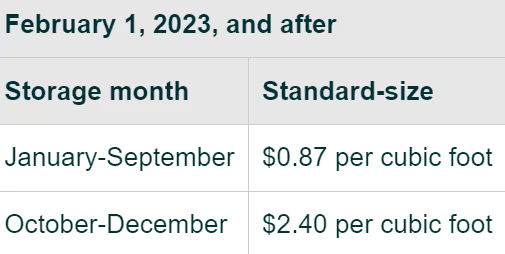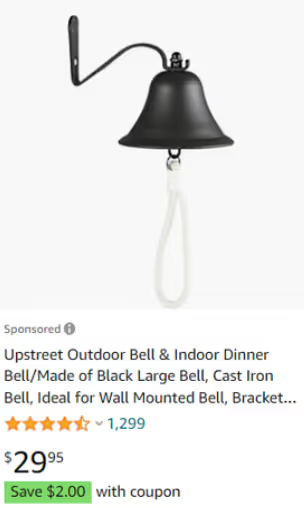
Have you had that feeling when looking at your disbursement from Amazon, the number is lower than you expected. You pour through all the fees, and there it is. Amazon took out their storage fees. It's not a fun number. The highest I’ve seen for a single month is $63,000. I hope you don’t beat me.
If you want that number as low as possible and you want to understand how to make the most of that aging inventory bucket, this is the guide for you. I’ll repeat this, but stale inventory actively works against your business. Allow me to elaborate the fees and expenses to be aware of:

2. Long-term storage fees. What used to be 365+ days is now 180 days. Every month your inventory ages, it gets worse
.avif)
3. Removal and Disposal fees are over $1. This eats into off Amazon liquidations considerably.
.avif)
4. Storage Utilization surcharge. If you’re unlucky to have really stale inventory even if it’s under six months, Amazon found a new fee for you. Fun.
.avif)
5. Cost of capital and opportunity cost. Suppose you’re a regular business. Money costs money. That inventory that isn’t selling is costing you money somewhere.
OK. You made it this far. Now to the solutions.
There are actual liquidation options. But they are kind of bad. The single best way for you to get all the value possible is to sell the inventory. It is 5-10 times better to sell it than to “dispose” or “remove to a liquidator” or use the Amazon liquidation program. So, keep in the back of your mind that you want to sell this inventory. Everything else hurts.
The fastest and easiest options are coupons and Prime Exclusive Discounts.
When we put minimum value coupons (5%) across our 500 most stale SKUs, sales across these SKUs doubled. This was so great that I created enough coupons to break Seller Central. I love coupons for two main reasons.

Prime Exclusive Discounts win out during Holiday shopping events. Both Prime days and the Black Friday/Cyber Monday discounts get special badges, and the large increase in impressions is solely due to the badge. For further detail on the right types of deals to run check our full guide here.
The great thing about both of these options Amazon supports creating them in bulk. What I do before these Holidays is take every piece of inventory that is going to be costing hefty storage fees and create Prime Exclusive Discounts.
.avif)
If you’re in liquidation mode, you can’t afford to spend crazy dollars on advertising. You can eat right through any money you want back. The two low ACOS advertising strategies I’ve used are low-bid auto campaigns and branded traffic.
Low-bid auto campaigns are advertising campaigns set to Auto with bids anywhere from .02 to .20 cents. You’re looking for the super cheap clicks. If you have stale inventory, you probably have a traffic problem. You need to solve that at least a little bit. This is the least expensive way. Let Amazon find a cheap click, and the coupon do the rest of the work. I’ve seen ACOS less than 5% on these types of campaigns.
Branded traffic. If you’re fortunate enough to have it, let your deals shine through first. Sure, it’s not your best product, but it’s eating away at your bottom line, and you need that cash back. Let these unusual deals get inexpensive, high-converting clicks. Paying on branded traffic may depend upon your product and brand. If you want to see more branded keywords with search volume SmartScout's AdSpy will uncover a few extra ones.
Finally, start slashing the costs. Trust me. You need to internalize how you will start paying real dollars per month just for the product to sit there in FBA. Removals cost you money; storage fees cost you money; opportunity costs you money. When this sets into you properly, you’ll get religion on cutting your prices. If you set 30 min every other week to look at these and slash by 5% each time, you’ll eventually find what the customer wants.
I spent a few hundred hours developing a liquidation manager for our FBA inventory. Amazon has adopted the best ideas we had in their new Inventory manager. Look at the image below and you'll see some key numbers that you will need for good decisions. I’m very happy with how effectively this can help sellers. Sort by the most painful, and make your move!
.avif)
The fourth quarter is the best time to sell through this inventory. If you can't manage to sell it with 2-3x the amount of shopping happening on Amazon, then you might have to consider disposing it or using an actual liquidation service. They pay 5-10% of the value of the product. So all the more reason to manage well in Q4.
If this was helpful, consider joining our newsletter of 45,000 Amazon professionals. Each one is written by my own hands.
